From the Halmos College of Arts and Sciences and GHORC…
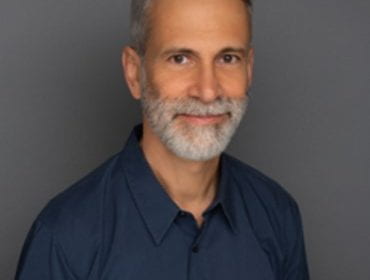
January 2024 Research Highlights reported by the Halmos College of Arts and Sciences and Guy Harvey Oceanographic Research Center (GHORC).
From the Department of Chemistry and Physics:

Dr. Dimitrios Giarikos, Professor and Director of Lab Operations
Project Title: Potential Ecological Risk of Heavy Metal Sediment Contamination from Port Everglades, Florida
Publication: Giarikos, D. G., White, L. Daniels, A. Santos, R. Baldauf, P. Hirons, A.C. (2023) Potential Ecological Risk of Heavy Metal Sediment Contamination from Port Everglades, Florida. PeerJ 11:e16152, 1-35. https://doi.org/10.7717/peerj.16152
The research determined the heavy metal contaminants in Port Everglades sediment cores and surface sediment at nearby coral reef site
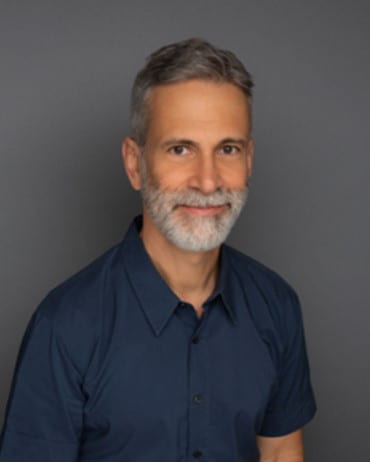
Dr. Diego Castano, Professor
Project Title: Self-inductance and Magnetic Flux
Publication: Self-inductance and magnetic flux, Diego J. Castano & Teresa M. Castano, American Journal of Physics, 91, Issue 8, 622-628 (2023). https://doi.org/10.1119/5.0098417
Dr. Castano recast the standard equation for calculating magnetic self-inductance in a more versatile form that has been absent from the pedagogical literature on electromagnetism. The article appears in the reputed research journal, American Journal of Physics.
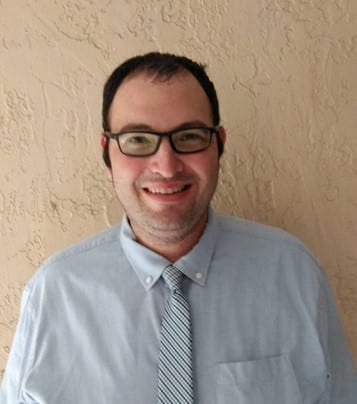
Dr. Louis Nemzer, Professor
Project Title: Experimental evidence that network topology can accelerate the spread of beneficial mutations
Publication: Evolution Letters, Volume 7, Issue 6, December 2023, Pages 447–456, https://doi.org/10.1093/evlett/qrad047
This collaboration began when Prof. Nemzer was visiting Canada as a Fulbright distinguished research chair on a Sabbatical during the 2019-2020 academic year. Evolutionary graph theory (EGT) is a field of study that attempts to describe organisms that live on separate patches connected by possible migration paths. The researchers felt that the previously used EGT models did not capture the nuances of real life, so Dr. Nemzer wrote a new agent-based model that kept track of each simulated bacterium individually. The in silico results were compared with in vitro experiments with real bacteria, which helped support the conclusion that network connectivity can, in some situations, increase the chance a favorable mutation will eventually become widespread in a population.
From the Department of Communication, Media, and the Arts:
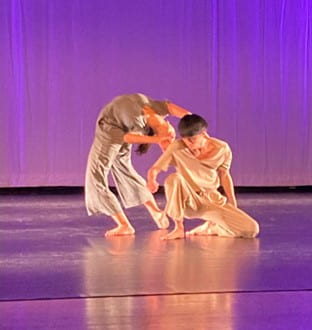
Action Shot from “Nexus” choreographed by Elana Lanczi, Associate Professor
Project Title: International Dance Council-CID UNESCO; 9th Annual World Congress on Dance Research
Publication: http://www.cidusa.org/congress-program-and-report.html
NSU Dancers performed “Nexus” choreographed by Dance faculty member Elana Lanczi, as part of the performance event for the 9th Annual World Congress on Dance Research, on November 12, 2023.
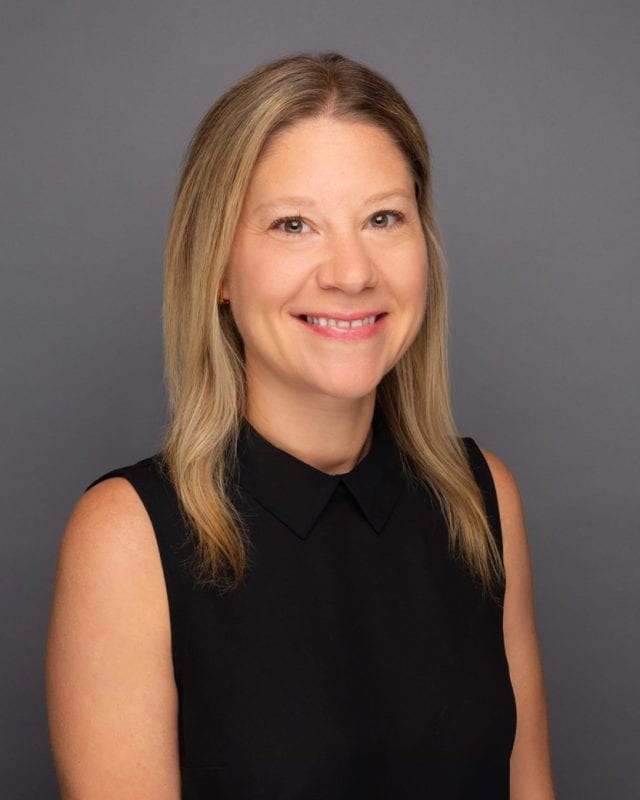
Dr. Star Vanguri, Professor
Project Title: Unpacking the Portmanteau: Megxit’s Implicit Racist Ideology
Publication: https://www.tandfonline.com/doi/full/10.1080/10570314.2023.2234333
This essay (co-authored w/Maggie Werner), published in Western Journal of Communication, demonstrates the portmanteau’s value as an analytical tool for rhetorical study. While portmanteaus are common, particularly in informal speech, the authors suggest that they can force conceptual associations between source terms that may not otherwise exist. Most importantly, portmanteaus present conceptual associations in a playful and innocuous way, making the portmanteau an ideal form to disguise hateful speech and transmit ideology.
From the Department of Marine and Environmental Sciences:
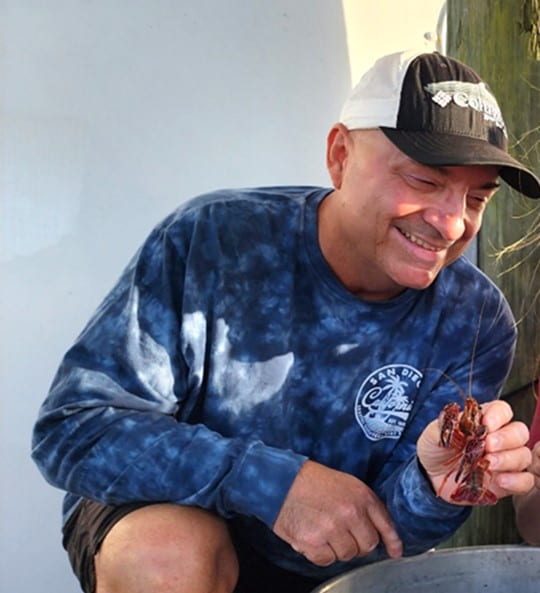
Dr. Tracey Sutton, Professor
Publication: T.T. Sutton, M.R. Clark, D.C. Dunn, P.N. Halpin, A.D. Rogers, J. Guinotte, S.J. Bograd, M.V. Angel, J.A.A. Perez, K. Wishner, R.L. Haedrich, D.J. Lindsay, J.C. Drazen, A. Vereshchaka, U. Piatkowski, T. Morato, K. Błachowiak-Samołyk, B.H. Robison, K.M. Gjerde, A. Pierrot-Bults, P. Bernal, G. Reygondeau, and M. Heino (2017). A global biogeographic classification of the mesopelagic zone. Deep-Sea Research Part I Oceanographic Research Papers, 126, pp. 85-102, 10.1016/j.dsr.2017.05.006
The journal Deep-Sea Research was first published in October 1953, directed by the Joint Commission on Oceanography to focus on the deep-sea floor as the main theme. The scope of the journal, considered one of the most prestigious in oceanography, has since grown to encompass the entire open ocean from the air-sea interface to beneath the sea floor. Of over 10,000 papers published, 70 were selected as the most important in the 70 years of the journal. *Sutton et al. (2017), entitled “A global biogeographic classification of the mesopelagic zone,” was chosen by the currents Editors as one of the 70. This paper, which characterizes the regional scales over which the ocean interior varies in terms of biodiversity and function, has been cited in the scientific, marine policy, and conservation sectors.
From the Department of Conflict Resolution Studies:

Dr. Mary Hope Schwoebel, Associate Professor
Project Title: Hybrid Conflict Resolution and Justice in Southwest State, Somalia
Publication: https://www.amazon.com/Conflict-Mediation-Contemporary-Issues-Middle/dp/0815638205
Hybrid approaches to the resolution of conflicts, that draw on customary, Islamic, and formal Western practices, have been much written about in the context of Somaliland and Puntland. Little however, has been written about these approaches in southern Somalia,in the area now known as Southwest (SW) State. Customary conflict resolution processes in these regions, are much more complex than in other regions of Somalia, due to their mixed and interdependent transhumant, farming and pastoralist economies and the greater diversity of clans and ethnic minorities. Different actors play different roles – negotiator, conciliator, mediator, arbitrator, and adjudicator – depending on the identities of the parties, the context, and the nature of the conflict. Adding to the complexity, Al Shabaab, an armed Salafist group that has been active in Somalia, East Africa and Yemen, for almost two decades, has established shari’a courts in the areas it controls. Since Al Shabaab began operating in the region, the roles of traditional elders and the types of conflict resolution processes that parties to conflicts seek out have been undergoing changes. This chapter examines some of these changes since Al Shabaab gained power in SW State. The research involved a review of recent literature and interviews conducted with individuals from SW State, most of whom have lived there throughout this period, members of the diaspora who have travelled to the recently to SW State, and international organization staff working in Baidoa, the main urban center in the region, the chapter describes the various hybrid mediation approaches employed to address these unprecedented and evolving contexts.
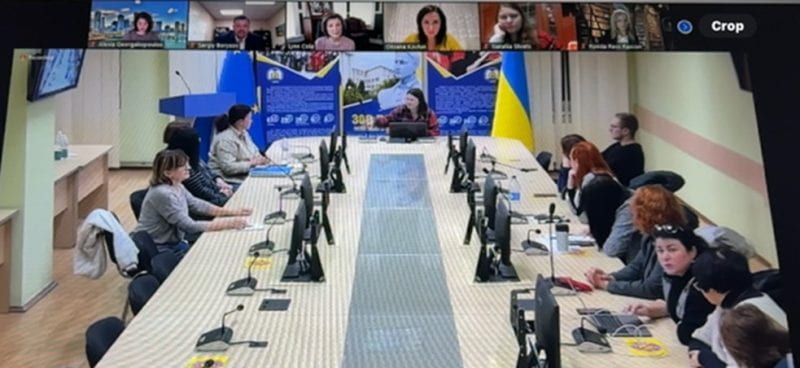
The University of Hryhorii Skovoroda University in Pereiaslav, Ukraine has joined in Collaboration BRDGES Academy with Former President of Mediators Beyond Borders Lynn Cole and Professor Alexia Georgakopoulos of the Department of Conflict Resolution Studies at Nova Southeastern University in research that includes a case study and evaluation of the effectiveness of the conflict resolution training program. The research and training program involves working with the Ukrainian University and other stakeholders in Ukraine to remediate cultural tensions, cover trauma informed conflict resolution, and provide mediation and other dispute resolution training to Ukraine society to promote after war recovery and support state centric democracy for Ukrainians. The research project has received interest for funding by The Foundation for Creativity In Dispute Resolution, Inc.